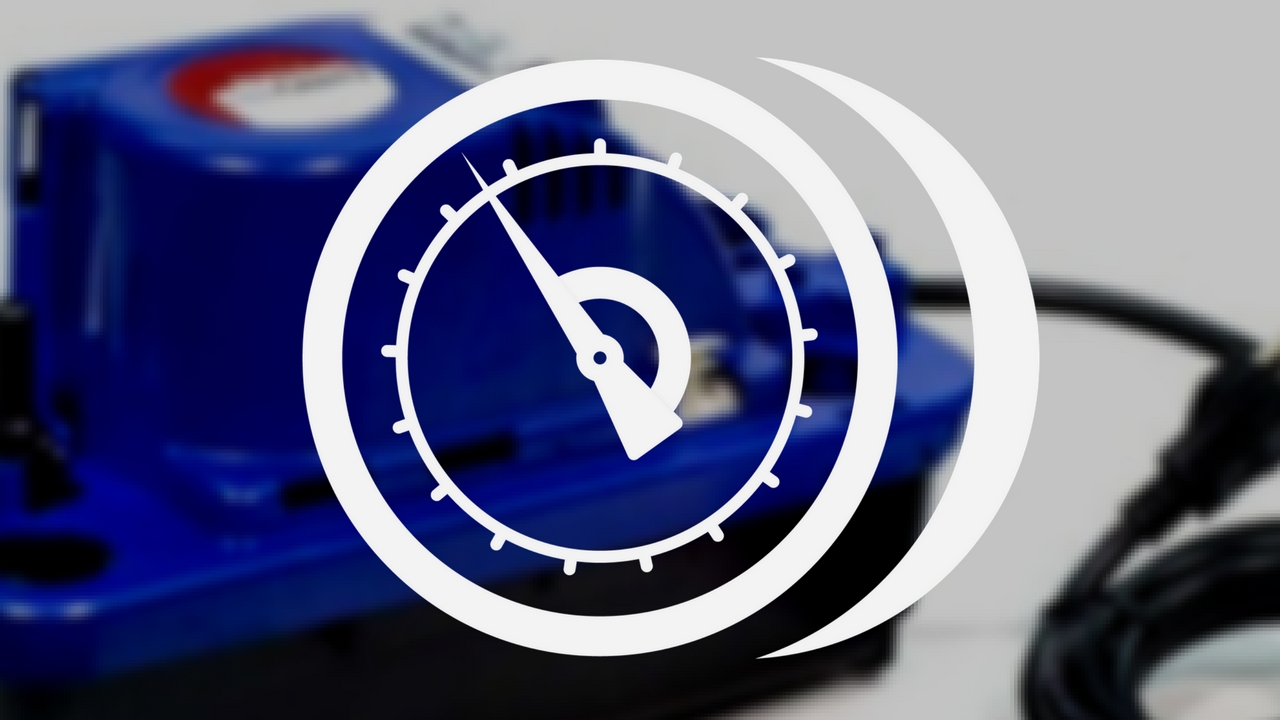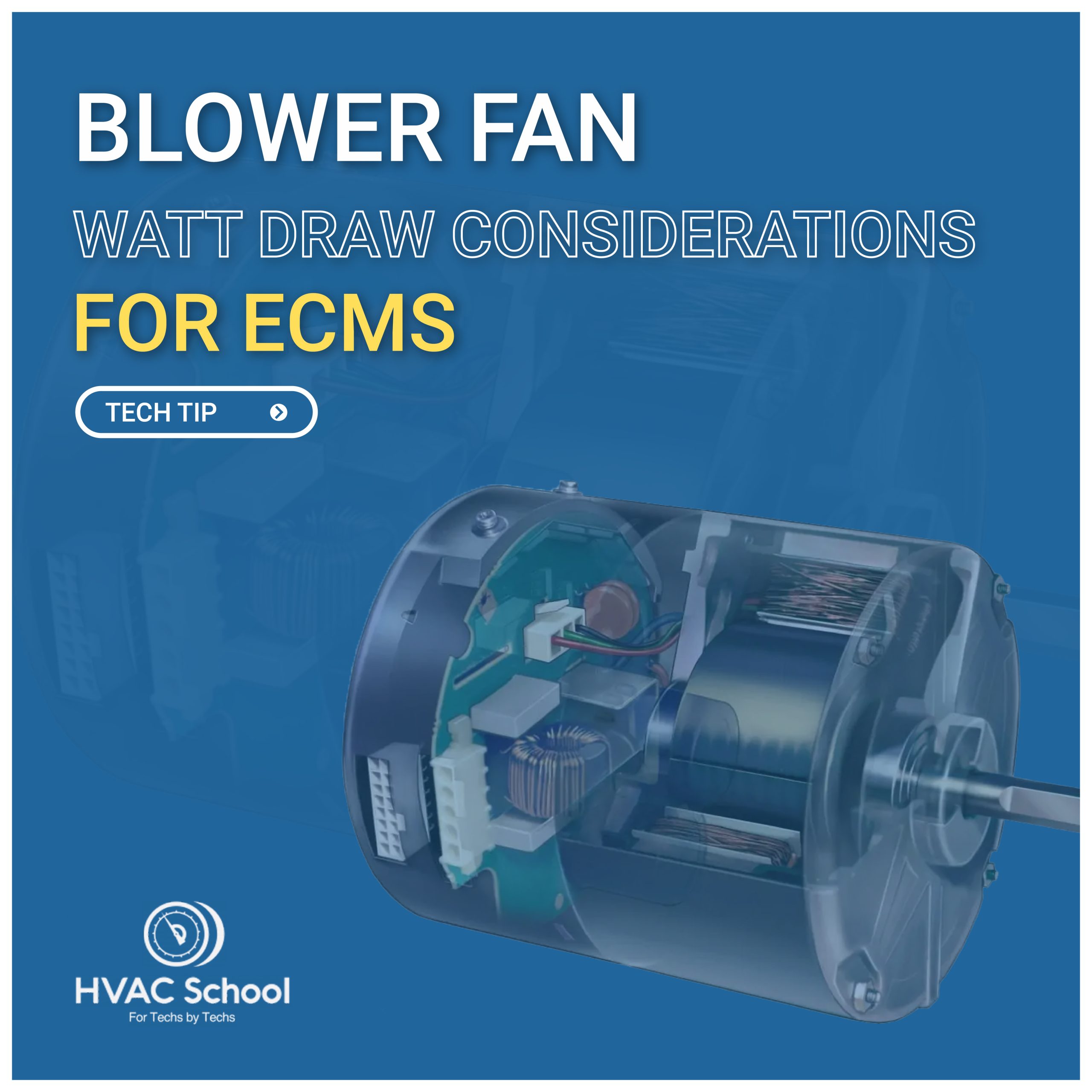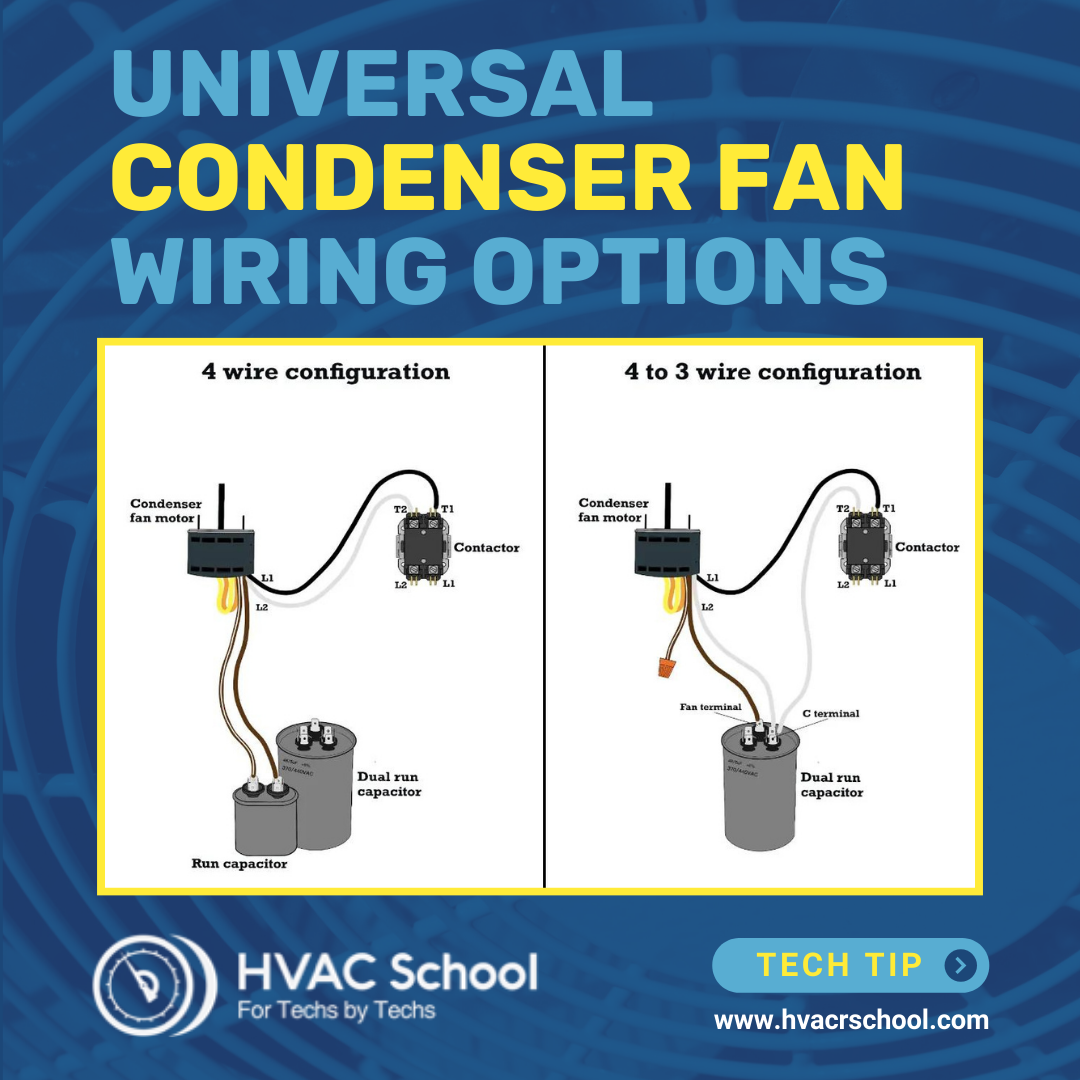Get Tech Tips
Subscribe to free tech tips.
Grounding and Bonding Myths

Grounding is an area of many myths and legends in both the electrical and HVAC fields. This is a short article, and we will briefly cover only a few common myths. For a more detailed explanation, I advise subscribing to Mike Holt's YouTube Channel HERE.
Myth – Current Goes to Ground
Actually, current (electrons) will move according to a difference in charges/potential (voltage). When a potential difference and a sufficient path exist, there will be current. In a designed electrical system, the current is always returning to the source, the opposite side of a generator, transformer, battery, Inverter, alternator, etc. Current only goes to ground when an undesigned condition is present, and ground (earth) can be a VERY POOR conductor at times. The only saving grace for the earth as a conductor is all of the parallel paths created with a ground rod because of all the surface area contact to earth.
Myth – To Be Safe, Add More Ground Rods
The ground can be an exceptionally poor conductor. The purpose of ground rods is to carry large spikes in current that come down your electrical distribution lines away from the building. Adding more ground rods can actually EXPOSE the building to current from nearby ground strikes. Adding more rods isn't always the solution and often does nothing useful.
Myth – Connecting Neutral and Ground Together In Multiple Places Is a Good Idea
Neutral and equipment ground should be connected in only one location at the main distribution panel to prevent the grounding conductors from carrying neutral current. If the equipment ground is carrying any current, there is a problem.
Myth – Electricity (only) Takes The Path of Least Resistance
If you have ever wired a parallel circuit, you know that electrons travel down ALL available paths between points of differing electrical charge.
Myth – Common, Ground, and Neutral are the Same
Not even close. Common and neutral are terms used to describe one side of a transformer. They are not grounded unless you ground them, and when you do, you are designating which side of the transformer will have an electrical potential equal to EQUIPMENT GROUND. The earth itself simply acts as a poor and erratic conductor between points of electrical potential that we designate and should not be confused with equipment ground.
Myth – Ground Rods Keep Us From Getting Shocked
Nope. Proper bonding connection between appliances, switches, outlets, and equipment ground connected back to neutral at the main distribution panel in conjunction with properly sized circuit breakers and GFCI equipment keeps us safe. Grounds rods have little to nothing to do with protecting you from a ground fault.
Here is a great video on the topic, and you can find an article defining grounding and bonding terms HERE.
—Bryan










Comments
To leave a comment, you need to log in.
Log In